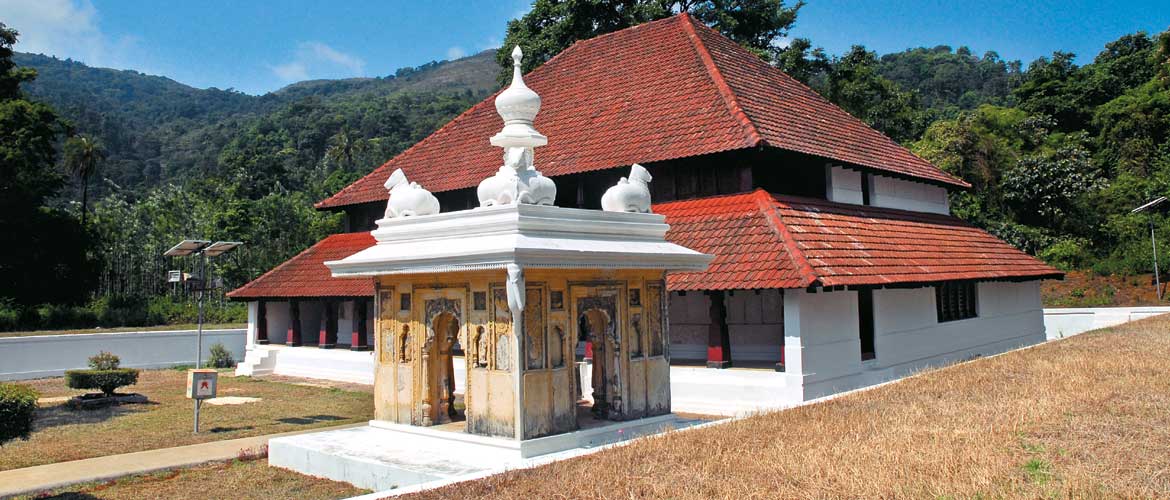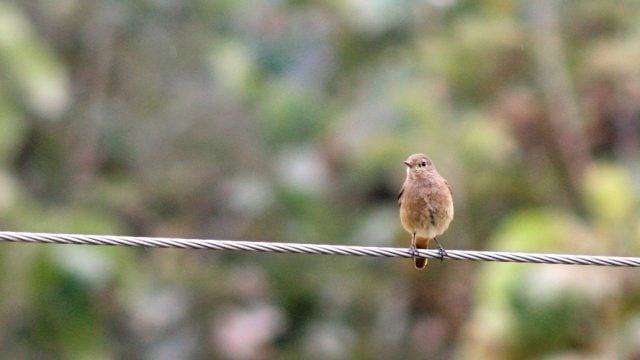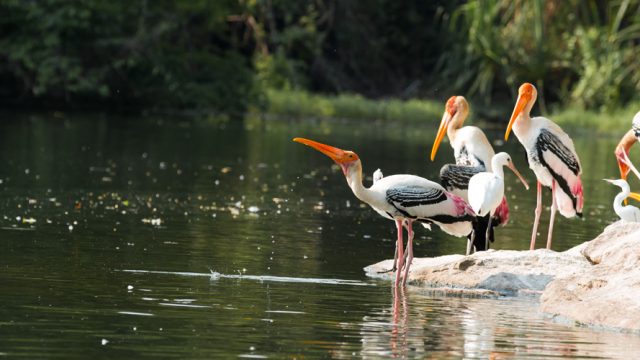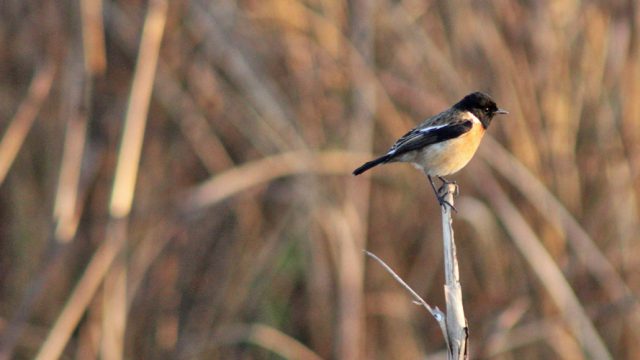Not too long ago, this little village in the heart of the southwest Kodagu rainforest
THINGS TO SEE AND DO
The Kakkabe landscape free of Coca Cola signboards, offers waterfalls, gurgling streams and treks in pristine environs. The heavy rainforest cover gives the region a rich bounty of rare orchids, plants and birds. Scenic treks take you to Mallamma Betta, Soma Male and Kabbe Pass, from where you can spy sun-kissed clouds atop Kerala’s hills. However, the prize catch is Thadiyendamol.

Thadiyendamol
There’s something awe-inspiring about the name itself. Derived from Malayalam to loosely mean ‘I’m the Tallest’ (thadi means broad, yenda is mine and mol is top), Thadiyendamol, at 5,730 ft, is the highest peak in Coorg and the second highest in Karnataka after Mullaiyanagiri in the Baba Budan Range. Thadiyen-damol lures trekkers with the promise of a glimpse of the coastline on a clear day. For the most part, the trek is gentle, but the last quarter is a steep climb. The 2.5-hour climb (one-way) from Palace Estate is shorter, but the longer 2.5-hour climb from Honey Valley Estate passes through thick rainforest and more scenic terrain.
Igguthappa Temple
The Igguthappa Temple not only hands you prasad on a platter, you are given a three-course meal of payasam, rice and two types of sambhar with wild mango pickle to boot (1.00 pm to 2.00 pm). Worshipped as ‘one who gives grain’ (iggu is Kodava for ‘grain’, thappa means ‘to give’), Igguthappa is the de facto rain god. Thousands gather for the Kaliyarchi Festival in March when the god is taken on a procession to the top of Mallama Betta and reinstalled in the temple, followed by various ceremonial dances. The official date of the harvest festival Huthri is also determined here.

Nalnad Palace
Built in 1792 by Doddaveeraraja, Nalnad Palace served as the royal hunting lodge and summer home of the Kodava kings. Since there were four villages in the vicinity, the place was called Nalnadu, a Kodava word, which over time got shortened to Nalnad. A double-storey structure with a conical roof, the decrepit building has intricate wooden friezes and wall murals. The local Kapala tribals, originally believed to be from Ethiopia, were brought here by the king from Kerala to look after the palace (pala). Located on the road to Virajpet, 3.5 km from Kakkabe, the palace is quite neglected, with just a caretaker to look after it.
Rock Climbing and Treks
A one hour walk to Nilakandi Waterfall, 3 km away, is one of the shorter treks. Apart from barking deer, pangolin and the flying squirrel, it’s a good place to spot the honey-loving south-Indian marten. There are many other routes of varying difficulty. Suresh Chengappa of Honey Valley Estate has marked out 28 of them. Palace Estate has the ideal terrain for trekking, streams and a 50-ft waterfall. Experienced guides are available.

WHERE TO STAY AND EAT
The Honey Valley Estate (Tel: 08272-238339; Tariff: ₹1,200-3,300) is an ideal rustic farm in Yavakapady at the base of Thadiyendamol. Check out the anthurium nursery. Rooms are in the main house, plus there also are cottages and a ten-bedded dorm (₹490-550 per night). Food is charged ₹130-180 per person. Honey Valley Estate arranges sightseeing, birdwatching and trekking around Kakkabe. Please do confirm well in advance and let them know if you aren’t travelling in a 4-wheel drive vehicle. In that case, you have to park a few kilometres before the estate. The Chengappas will pick you up for the last leg to the estate.
Another property worth checking is the Chingaara Estate Guest House (Tel: 238623, 204488; Cell: 09591821339; Tariff: ₹2,200-2,900, with two meals). Nature walks, birdwatching and stargazing are some of the activities you can indulge in here. They have a private waterfall too.
Also here is the delightful homestay Coffee Country (Cell: 09686401945; Tariff: ₹1,200 per head per day). There’s exciting stuff on offer: air gun shooting, fishing and trekking. The tariff includes all meals and indoor and outdoor games.
When to go Accessible throughout the year, but avoid July-August when the rain-forest receives heavy showers and teems with leeches. The post-monsoon months are rewarding for birdwatchers. Ideal season is between September and May Location At the base of the Western Ghats in southern Kodagu Air Nearest airport: Mangalore, Bengaluru Rail Nearest rail: Kannur
|
THE INFORMATION |
|
Tourist Offices Department of Tourism Government of Karnataka No. 49, Second Floor, Khanija Bhavan Race Course Road, Bengaluru Tel: 080-22352828 W karnatakatourism.org, |
|
KSTDC Central Reservation Office Badami House, NR Square, Bengaluru Tel: 43344334/ 37 Cell: 08970650070 W karnatakaholidays.net |
|
KSTDC A One-Stop-Shop No 8, Papanna Lane St Mark’s Road Bengaluru Tel: 43464351/ 53 |
|
Jungle Lodges & Resorts GF, West Entrance, Khanija Bhavan Race Course Road Bengaluru Tel: 40554055 W junglelodges.com |
|
Tourist Information Counter Bengaluru International Airport Devanahalli. Cell: 08970650072 |
|
Kempegowda Bus Station (Majestic) Bengaluru Tel: 22356246 Cell: 08970650075 |
|
Department of Tourism Govt of Karnataka, KSTDC Hotel Complex Ramdurgi Road, Badami Tel: 08357-220414 |
heritage
Igguthappa Temple
Kakkabe





